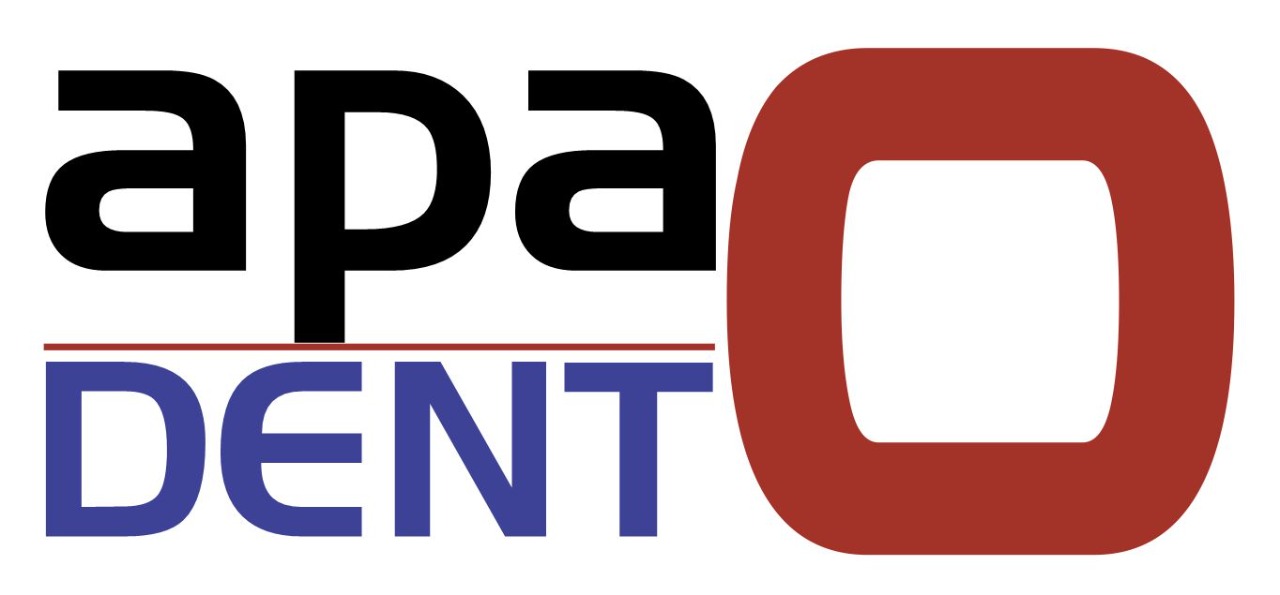Abstract : Biomineralisation is a dynamic, complex, constant mechanism by which living organisms manage precipitations of inorganic nanocrystals within organic matrices to form unique hybrid biological tissues, for example, enamel, dentin, cementum, and bone. Realising the mechanism of mineral deposition is crucial for the progress of treatments for mineralisation associated diseases and also for the innovation and development of scaffolds.
Aim: To measure the remineralisation capacity of enamel surface lesion using marine skeletal specie-Meretrix meretrix (cockle shell) powder extract on human tooth enamel. Materials and Methods: The in-vitro Quantitative observational research study conducted from June 20, 2020 to July 20, 2020, included five freshly extracted un-erupted third molars decoronated at Cemento-Enamel Junction (CEJ). The coronal portion of single tooth was sectioned into 4 samples of enamel blocks in order to receive 20 blocks which were subjected to demineralisation process and divided as: Group A(Experimental group)-subsurface demineralisation + cockle shell powder extract and Group B(Control group)- subsurface demineralisation + clinpro application being placed in artificial saliva solution for thirty days. The specimens were tested for X-ray fluorescence spectroscopy analysis, microhardness testing and atomic analyses using Energy dispersive X-ray spectroscopy. Statistical analysis was done using unpaired t-test to check differences at the level of p≤0.05 between groups which were considered as statistically significant. Results: X-ray fluorescence spectroscopy showed calcium concentration in cockle shell of 95% and concentration of Phosphate as 0.31%. Group B (Clinpro) presented statistically significantly higher (p-value 0.028) potential in enhancing the remineralisation than Group A: Cockle Shell Powder Extract (CSPE). The results of atomic analyses exhibited that quantitative amounts of Ca weight % and P weight % is statistically insignificant between both the groups. Group B (Clinpro) showed greatest ability in promoting remineralisation than Group A (Cockle shell extract). Conclusion: Marine shells with 95% of calcium concentration can remineralise enamel surface lesion.
Call Us +91-93455 28679 Email us info@apadento.org
